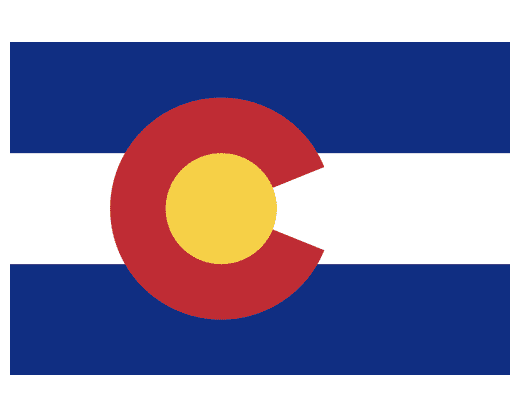The United States Congress designated the Spanish Peaks Wilderness in 2000 and it now has a total of 19,226 acres. Los Cumbres Espanolos, the Spanish Peaks, are prominent landmarks along the eastern front of the southern Rockies. Their snow-capped summits, rising 7000 feet above the arid plains, made the "Double Mountain" an easily recognizable reference point to travelers of all cultures.
The Peaks have traditional and religious significance to American Indian tribes including the Comanche and Ute. Summer thunderstorms, which often form near the summits, were evidence the rain gods worked their magic on the peaks. The common Indian name appears in at least three different spellings in various accounts, reflecting different renditions of oral expression. These are "Wahatoya", "Huajatolla" or "Guajatoyah", roughly interpreted as "breasts of the earth". West Spanish Peak with an elevation of 13,623 feet, overtops the East Peak which only has an elevation of 12,708 feet. However, this difference is not readily discernible from a distance.
The Spanish Peaks are geologically distinct from the faulted and uplifted mountains of the Sangre de Cristo range to the west. To the geologist the Spanish Peaks are prime examples of "stocks" which are defined as large masses of igneous (molten) rock which intruded layers of sedimentary rock and were later exposed by erosion. When mapped by geologists the Peaks were found to be masses of granite, granodiorite and syenodiorite. Among the most unusual features of the Spanish Peaks are the great dikes which radiate out from the mountains like spokes of a wheel. These walls of rock are often spectacular.
Please help keep Wilderness wild by following Leave No Trace practices.















